
Sweet potatoesaren’t actually potatoes at all. North Americans call them yams but they’re not yams either. Yes, it is a different plant – but a really tasty and very healthy one – and here are some facts to help encourage us to eat more of it:
Origin
The sweet potato is from South America, where it was already being consumed around 8,000 BC. Other sources suggest it originated in Central America where it was cultivated and eaten regularly at least 5000 years ago. Columbus called it batata – which was one of the many indigenous names for it, but it’s also known by other names around the world – kumara in New Zealand and (confusingly) Yam in North America, Goguma in South-Korea. Today China is the largest producer of sweet potatoes in the world (mainly for feeding livestock), but the sweet potato has become an important part of people’s diet all over the world.
Plant
The sweet potato plant belongs to the Convolvulaceae family. It’s quite a delicate plant, as its cultivation requires warm temperatures and lots of rain, but it doesn’t like being water-logged (nor frost or draught), so it’s most suited for tropical and subtropical climates. As I’ve said, although sweet potatoes are called potatoes, they are botanically not related to potatoes – the only similarity is that they are cultivated mainly for their roots. As they are produced in many parts of the world, there are now many types of sweet potato – the flesh is usually yellow or orange and the skin can be white, yellow, red or brown. Its shape can vary too – bulbous or elongated. We mainly consume its tuberous root but the leaves are also edible and super healthy – in South-East Asia the leaves are very widely eaten too.
Nutritional values
The sweet potato is one of the most highly nutritious tuberous vegetables, it’s one of the
Health benefits
Regular consumption of sweet potatoes has the following health benefits:
- Sweet potatoes are naturally sweet but their sugars are slowly released into the bloodstream which help to stabilize blood-sugar levels, so it’s highly recommended for diabetics.
- Its high antioxidant content strengthens the immune system and provides protection against numerous cancers – particularly it can help prevent bowel, stomach and kidney cancers.
- Its high fiber content help to prevent constipation and regulate digestion. It’s a good remedy against stomach ulcers.
- Its high A-vitamin content helps vision and prevents degenerative eye disease.
In the next part read aboutcooking with sweet potatoes>>














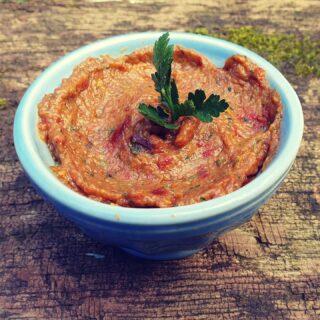




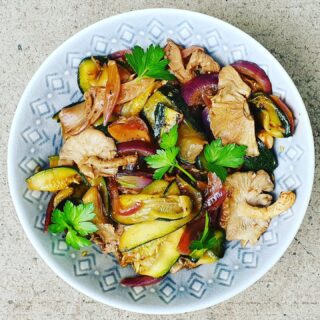
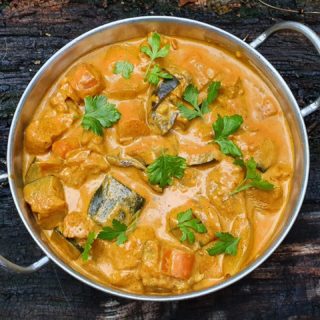
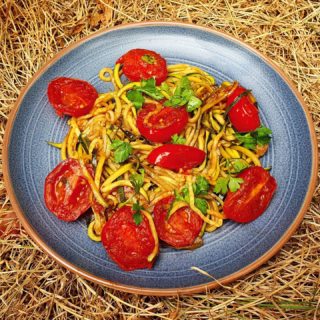


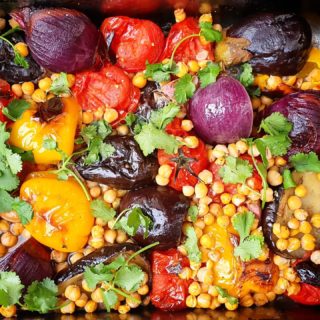
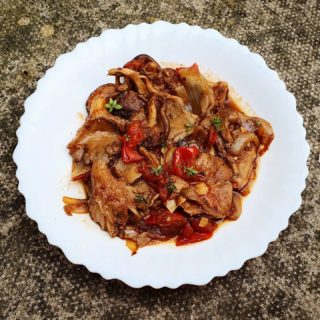

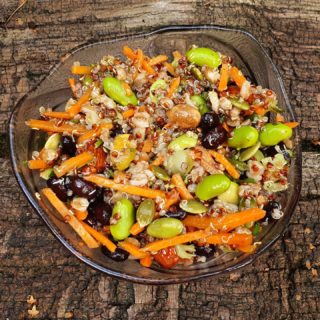
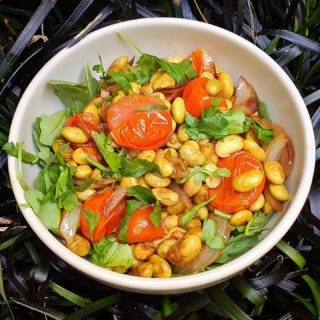

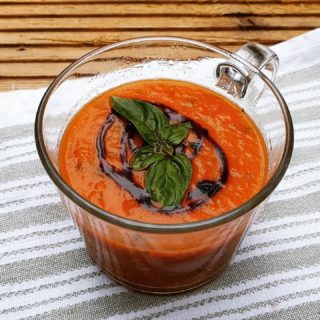



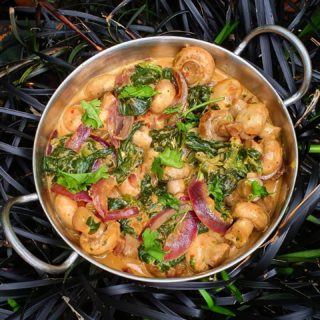
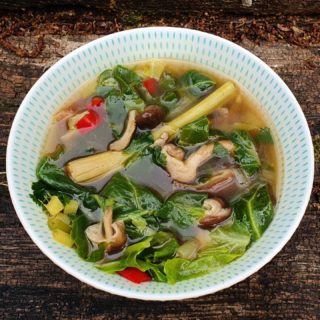
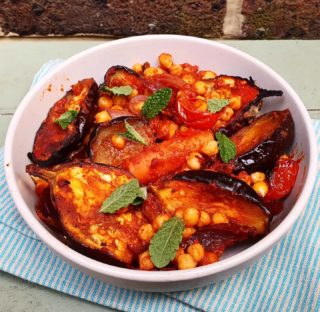

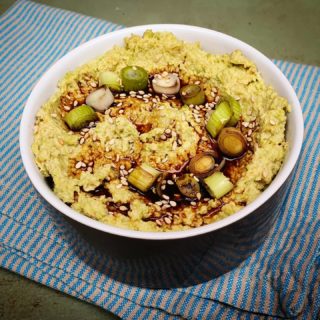




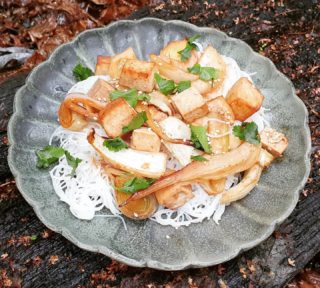






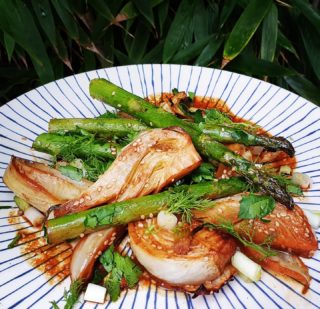
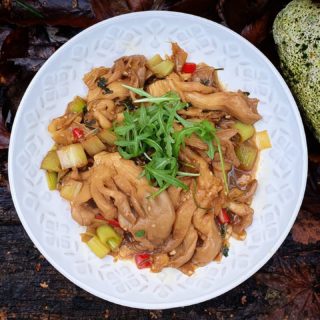
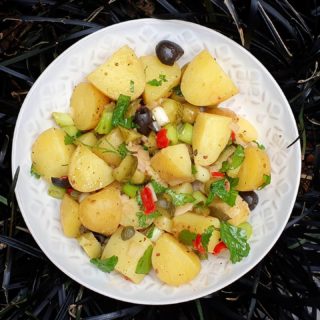

No comments yet.